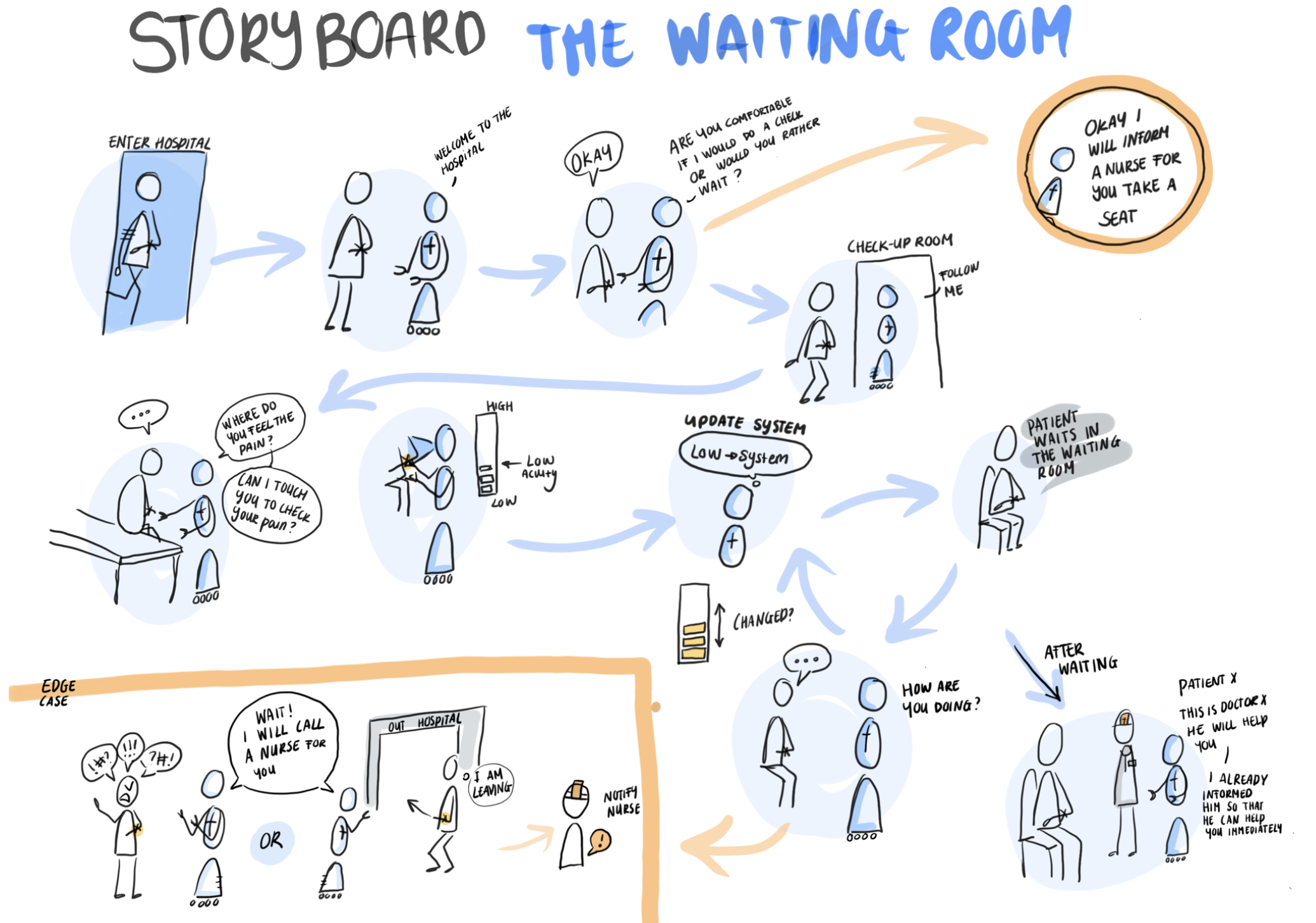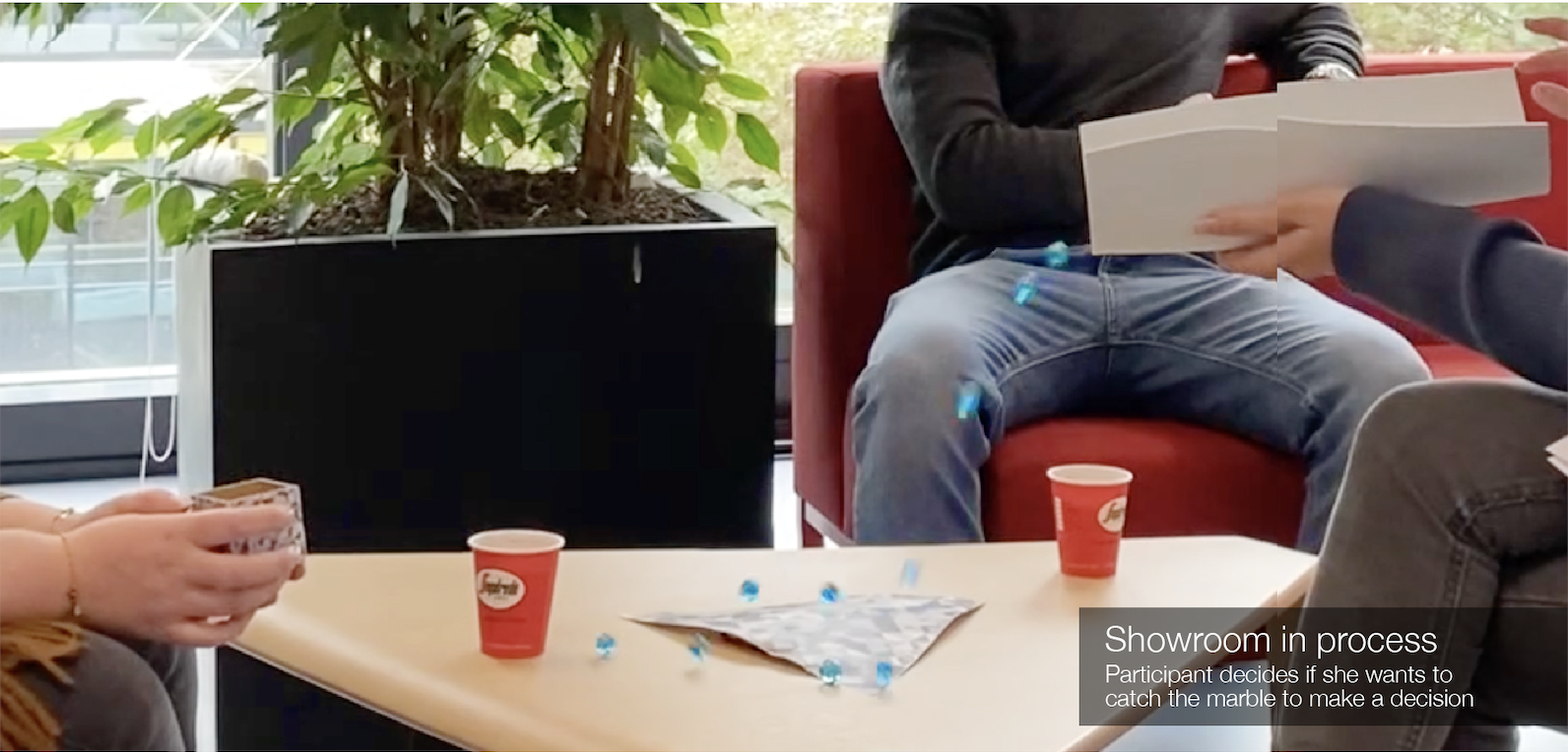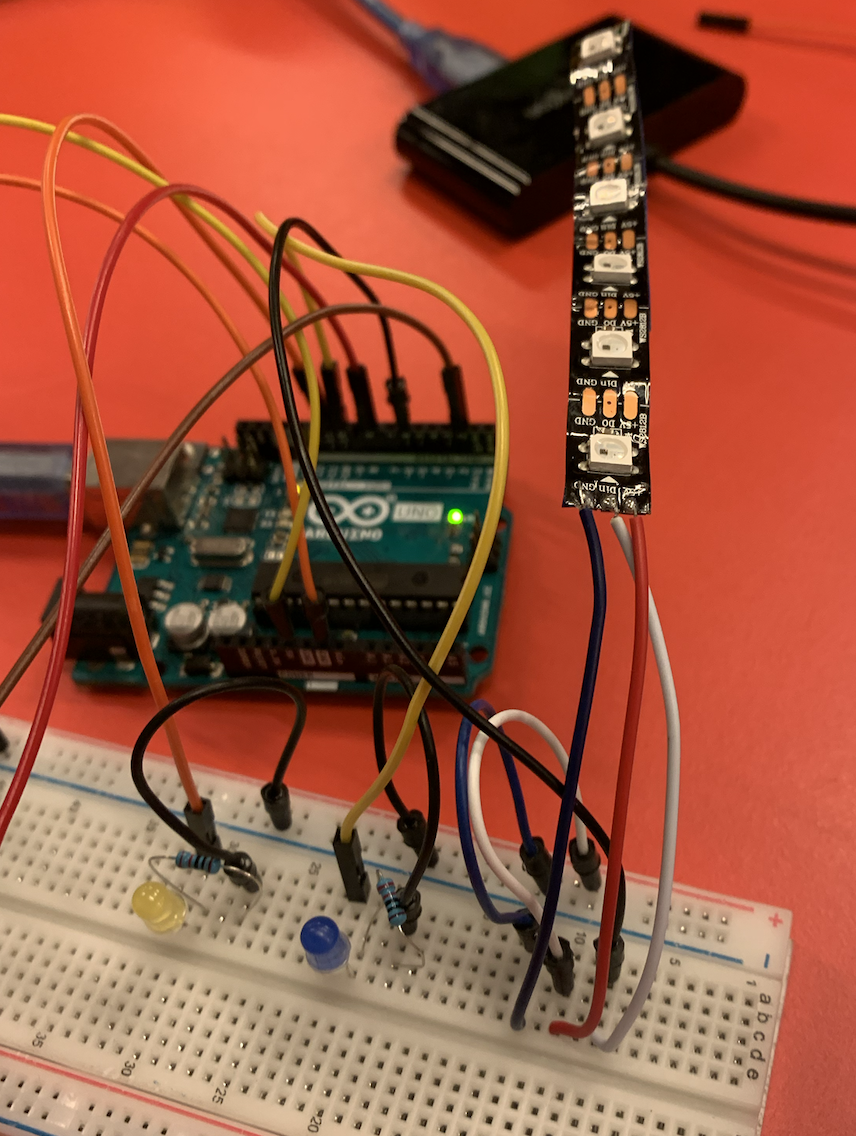Design and Research Process
The research process is also a design. We need to understand what can help us understand the situation better, and how can we properly get the answers to all of our questions in the most reasonable amount of time and effort. The ability to merge different methodologies and perspectives is essential to a designer. One must be capable of personalizing research and design methods for different projects. With limited time and resources, the research for design process will take shape differently. And whether it is business and technology driven or design driven, we need to create concepts that fit perfectly into the scenario [3]. That’s why I value methods that dive deep into the context and the real needs of people with sharp eyes. I highly value qualitative research methods because I am a good observer and patient listener, and also because I believe that communicating directly with people in a creative way can always provide interesting insights. Grounded in context, one can design personalized experiences for people in need. [3] Kumar, V. (2012). 101 design methods: A structured approach for driving innovation in your organization. John Wiley & Sons.

User experience theory and practice
Managing expectations for waiting times in the Emergency Department (ED)

Constructive design research
Showroom: How would users feel when everyday objects are able to measure and react to their emotions, with the underlying algorithms made transparent through data physicalization?


